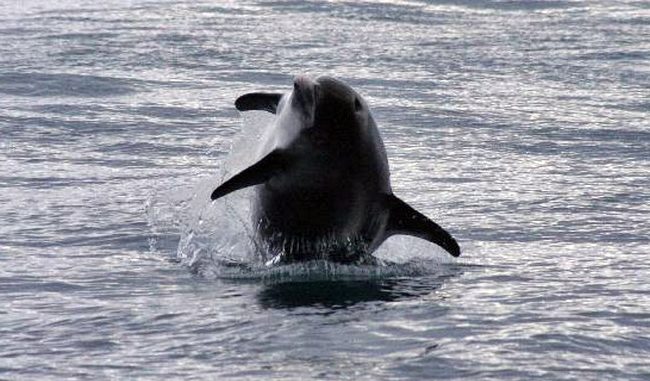
Iceland has several unique tourist activities, awesome events, and varied adventures all through the year. However the best time to go to Iceland is in the month of June when the climate begins getting warmer and there is sunlight for 24 hours across the country.
For travelers who will be visiting the country for the first time, the best time to go to Iceland will be dependent on what kind of activities do they seek of the vacation; whether you are looking for outdoor adventures and like warm weather or whether you want to enjoy the bewitching nightlife and do not mind cold weather. The factors that you need to consideration when determining the best time to go to Iceland include warm or cold weather, small or big crowds, and low or high accommodation and flight costs.
Best time of the year to go to Iceland
Peak Season
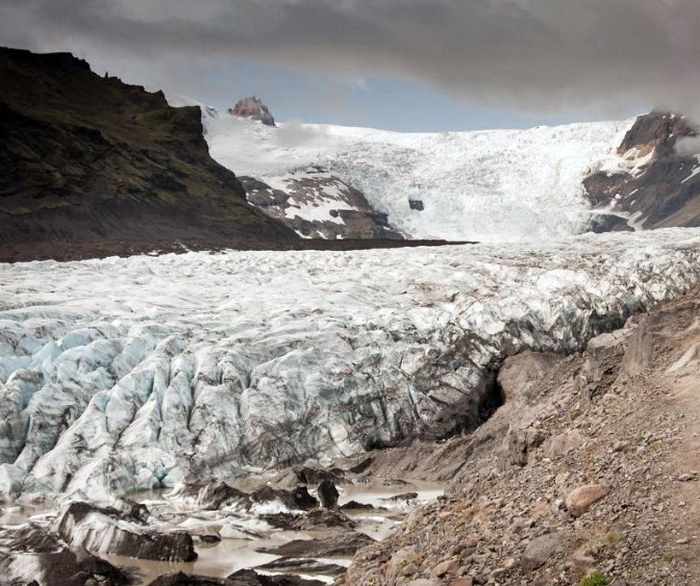
The peak tourist season in Iceland is from July till early August. The crowds start pouring into the country from May, with a simultaneous increase in the costs of travel/stay, and remain so till September. People who want to check out the top attractions but want to avoid the crowds and save money should travel during the shoulder season, from late September to early November and from early April to June.
Off-season in Iceland
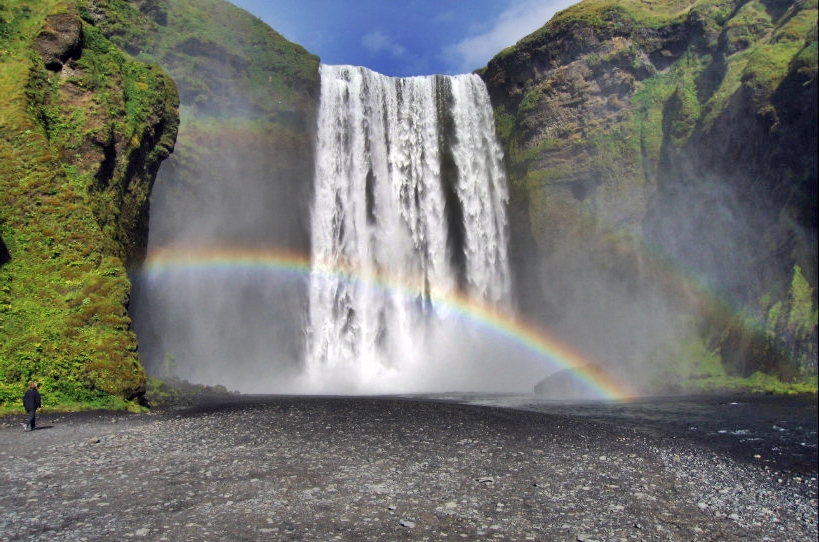
The off-season is the winter season and it lasts from mid-December to March. However, since 2008, there has been a big boom to tourism in Iceland, which has caused the prices to become more stable across the year, including the winter season when tourists continue to come to enjoy the unique winter attractions in the country.
Best Time to see Northern Lights in Iceland
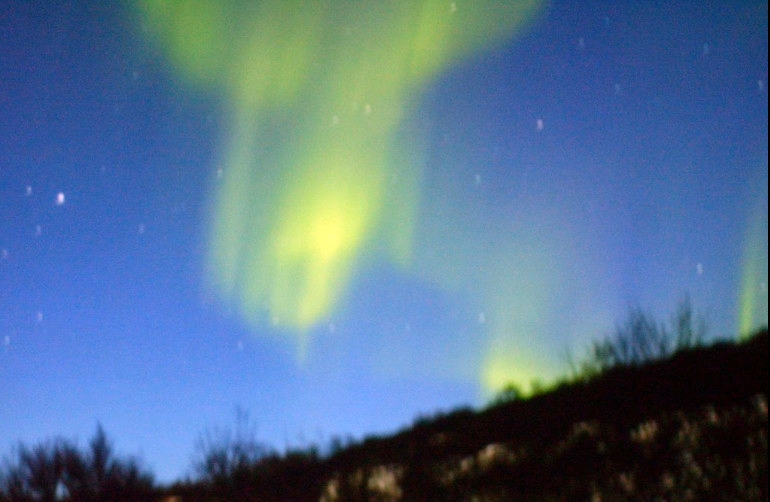
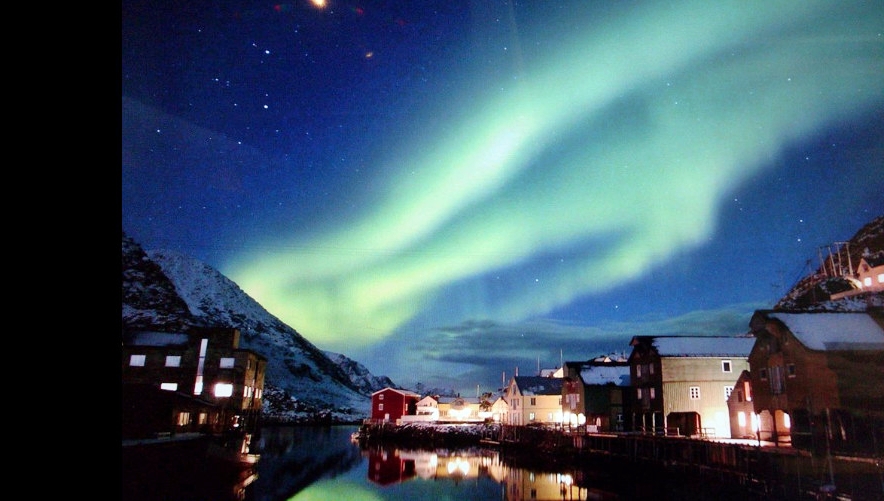
- Aurora Borealis:Iceland is famous for its spectacular vistas and magical landscapes. But one of the top reasons that tourists flock to the island is for experiencing the natural phenomenon such as the Northern Lights/Aurora Borealis, Polar Nights, and the Midnight Sun.
- The three major factors required for viewing the Northern Lights are clear weather, darkness, and increased solar activity. You may not be able to see the mystical neon wind curtains in the sky despite forecast of solar flares if there are passing clouds. It is therefore essential for tourists to avoid coming to Iceland solely for the purpose of checking out the Aurora Borealis, because if the weather is bad then you will be in for disappointment. The best time to see the spectacle above is during the period between October and March when the country has increased hours of darkness. It is also best to go far away into the countryside to avoid any obstacles caused by light pollution in the surroundings.
Best time to visit Iceland for hot water or thermal baths
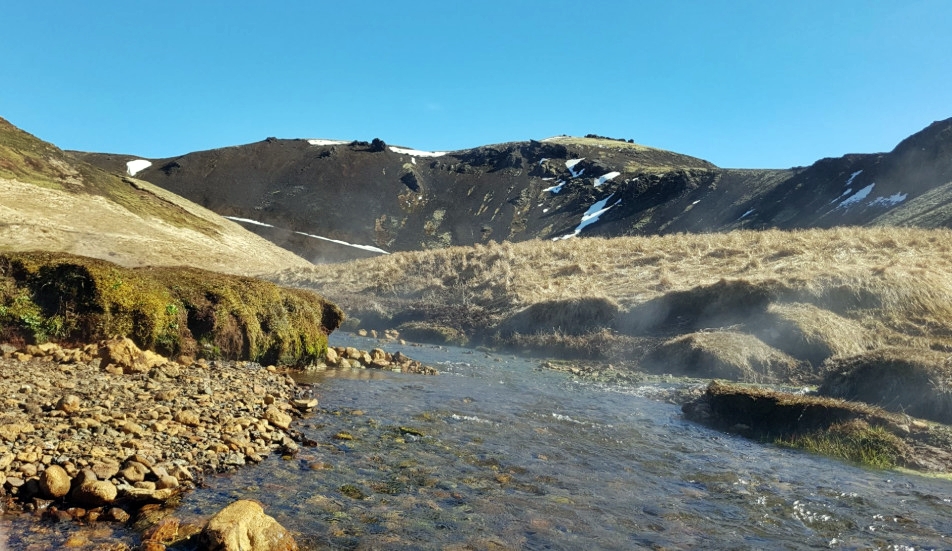
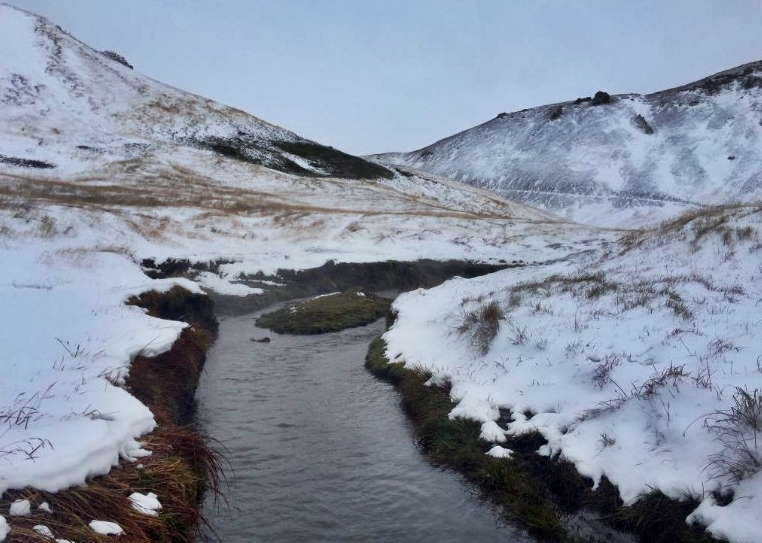
- Hot Springs: One of the major aspects of Icelandic culture is its hot water baths. The hot springs can be really refreshing during the cold winter months. The public pools in the capital city are open throughout the year, but there are also hundreds of other hidden hot spring baths all around the country.
- The best time to go to Iceland for the hot springs is in the month of September or early October, as during this period the baths still remain accessible by the roadways and the tourist crowds have dwindled down significantly. The Blue Lagoon is the most popular geothermal spa in Iceland. Other great hot spring baths are the Mývatn Nature Baths located in the north and the Secret Lagoon situated in the southwest.
Best months to go to Iceland for whale watching


The best months to go whale watching in Iceland are from June to July. Minkes, humpbacks, and dolphins can be spotted in the northern shores of the country from May till end of August. Blue whales can be seen during June. Some humpback species tend to stay in the waters till December.
Best time of the year to tour the Icelandic countryside
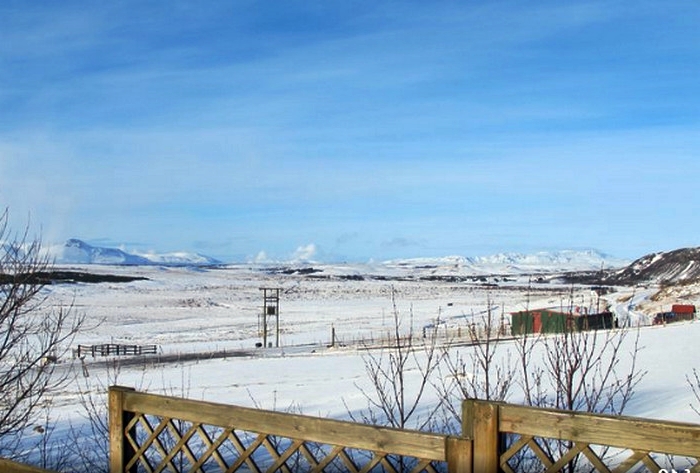
The summer season is the best for a tour of Iceland, especially the countryside when the roads are not blocked by snow. Travelers who are in Iceland for a long period can circumnavigate the island and enjoy its culture and amazing hiking jaunts, explore remote islands and intense peninsulas, discover secret ice caves and glaciers, and experience truly serenity and peace away from the crowds. You can also opt for a boat cruise and check out rugged hidden islands, fishing communities, and near-Arctic surroundings.
Best time to visit Iceland – The Seasons
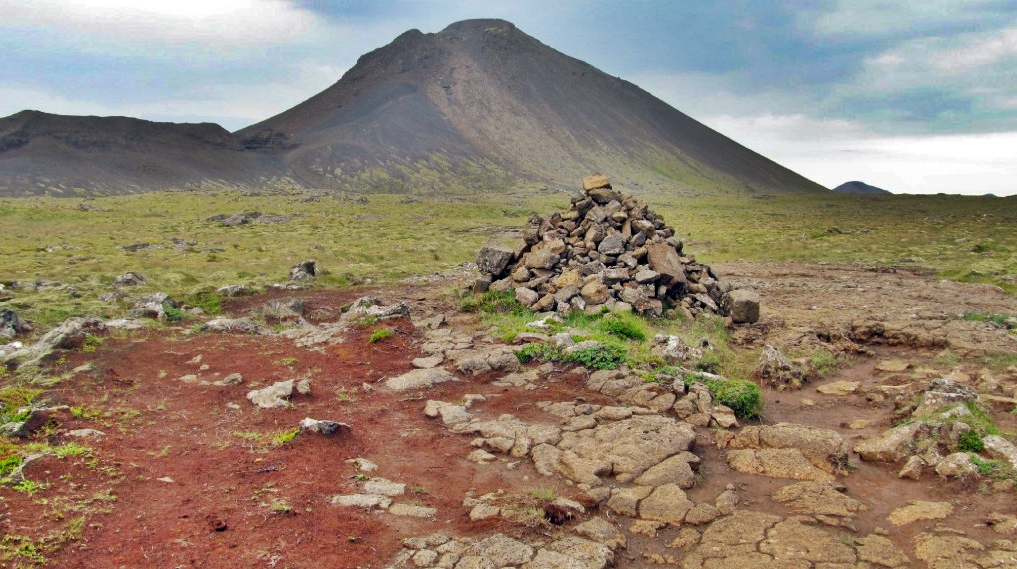
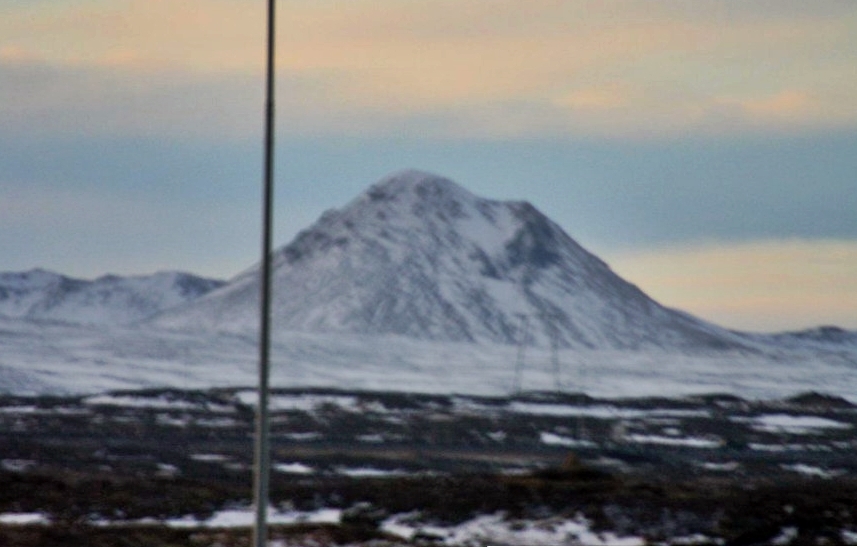
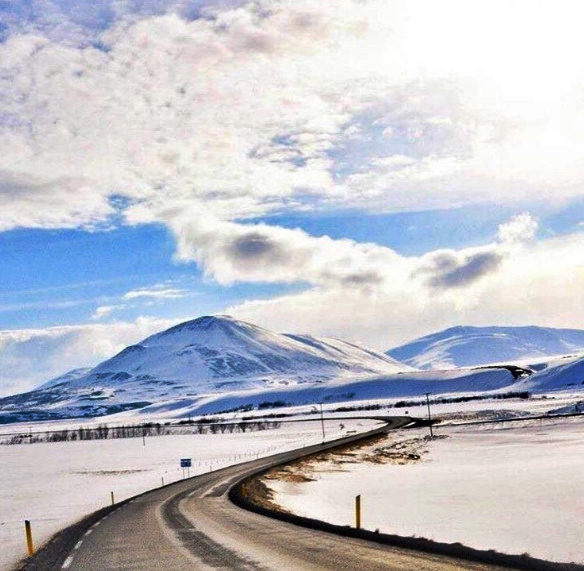
Even though the country is named Iceland, the winters are not that bad. For most times during winter, the average temperature in the lowlands tends to be 32 degrees F, while it around 13 degrees F in the mountains.
The temperature can however drop to -22 degrees F in north Iceland and hence should be avoided during the winters. The driest month is June while the warmest month is July. Weather typically remains mild across Iceland till late August.
Summer Season – Visit Iceland for sunshine weather
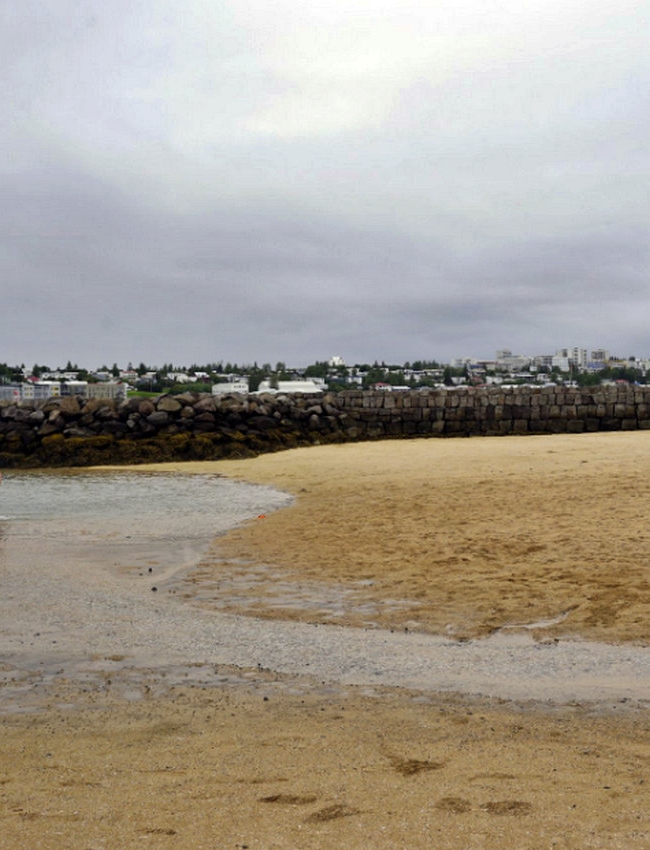
Summer is the best time to go to Iceland because of the extended sunshine and the pleasant weather. The over 19 hours of sunlight will allow tourists to explore the thawed fjords, hike across the pristine countryside, and swim in gorgeous mountain lakes. You will also find the local activities like outdoor concerts and culture, art, and music festivals during this season.
The disadvantage is that prices of accommodations, food, rentals, attractions, and flights tend to be higher during this peak season. As tourist throng the hotspots during the daytime, the restaurants fill up quickly, there are long lines at attractions, and hotels are all booked up.
The Independence Day, i.e., Icelandic National Day, is celebrated across the country on June 17. The Viking Festival of Hafnarfjörður is the oldest Viking festival in Iceland. It occurs in June.Seamans’ Day/Sjomannadagurinn is celebrated on the 1st weekend of June. All the boats are docked in harbor and there are numerous maritime activities such as swimming and rowing competitions, mackerel and herring culinary delights, mock rescues from the sea, drinking, and song and dance.
The Spring Season
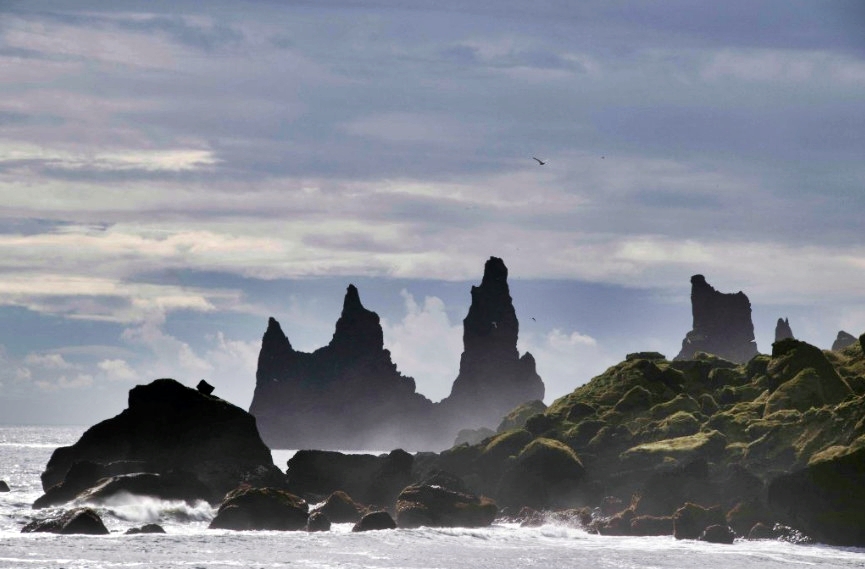
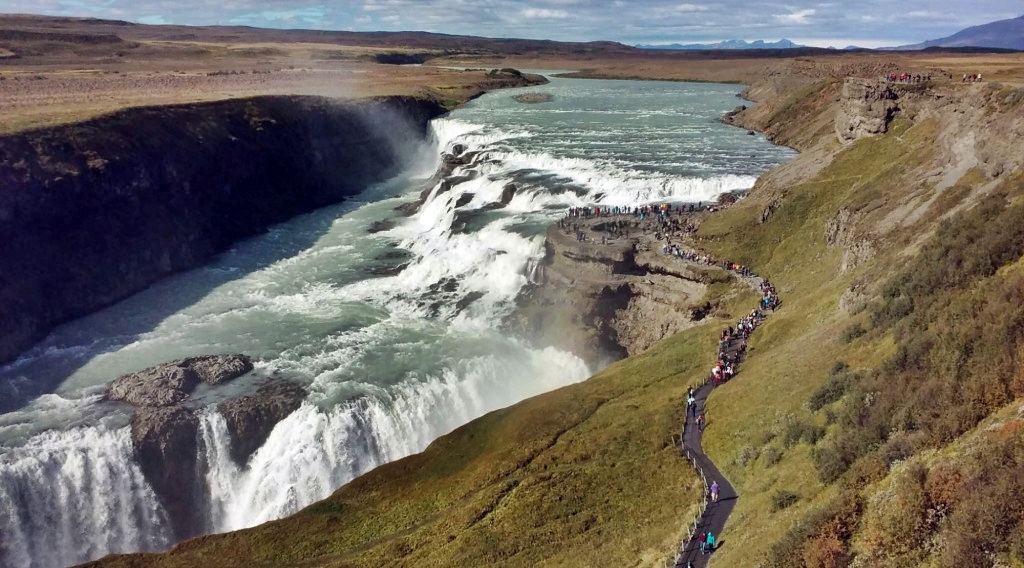
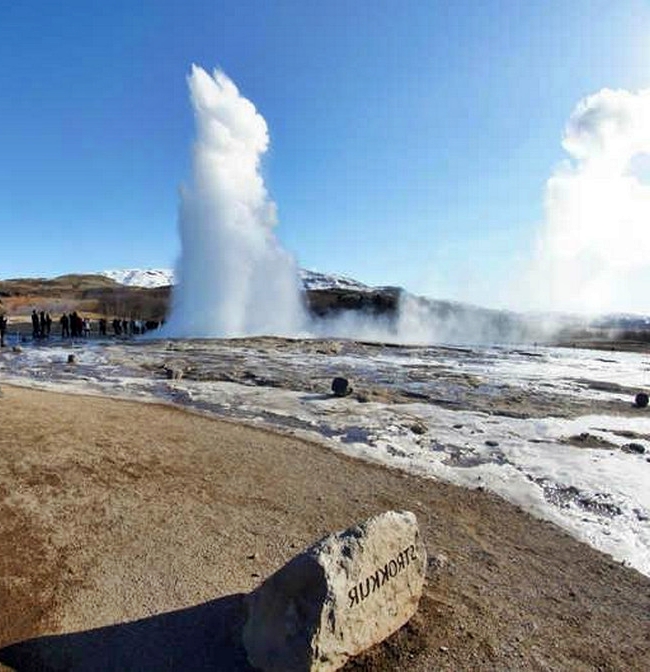
Spring starts in March and is an ideal time for watching the snow thawing and allowing the wildlife and lush growth to revive. The attractions slowly begin opening again after the winter months. Travelers can travel to unique places and varied isolated hot baths across Iceland and have a great time.
The National Beer Day is celebrated across the restaurants and pubs of Iceland on March 1. It marks the end of prohibition in the country.The colorful and beautiful puffins begin arriving in Iceland in the month of April.
Winter Season in Iceland – Aurora Lights and Christmas Markets

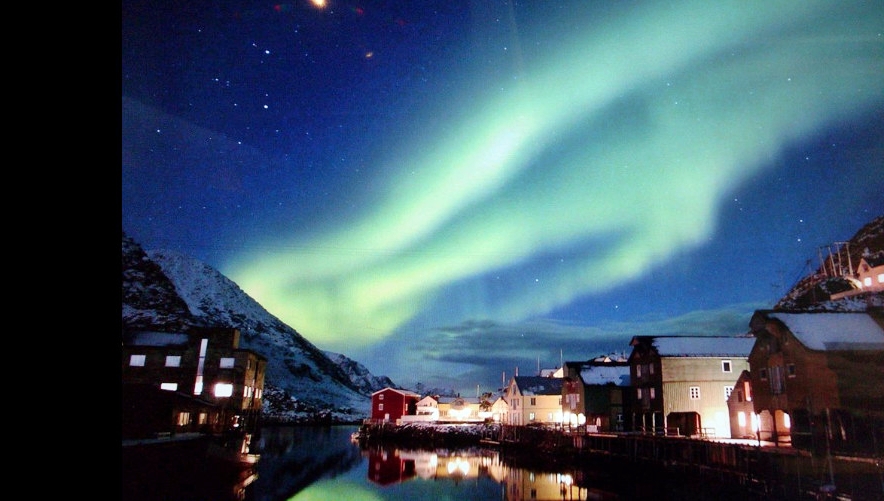
The winter season is known for its Polar Nights and daylight tends to last for around 4 to 5 hours. Tourists who are fine with less sunlight will find winter the best time to go to Iceland. You can enjoy numerous snow adventures like snowboarding, skiing, and snowmobile rides; revel in the capital city’s never-stopping nightlife, and have numerous chances to get mesmerized by the Northern Lights.
The crowds tend to be fewer as it is the off-season and the prices of hotels, airfares, food, and attractions, etc., are also less expensive. February and March feature more sunshine than other winter months and hence a better option.
There are many wondrous Christmas markets all across the island nation during the festive season. The most well-known Christmas market is the Heiðmörk Christmas Market near Reykjavík.
Autumn Season in Iceland
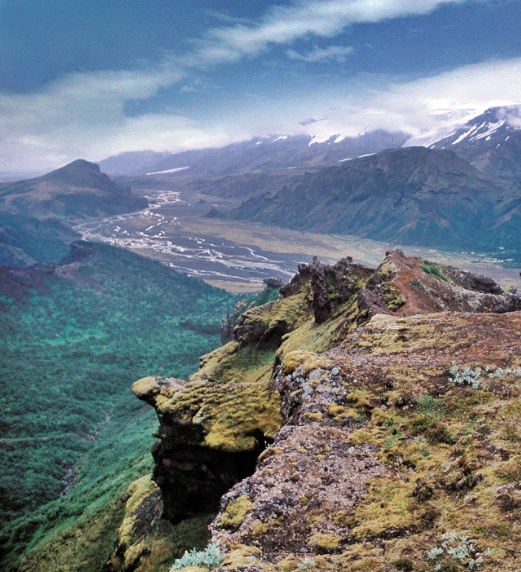
The period between September and mid-October is the shoulder season. It is the perfect time to revel in the hot spring baths due to fewer tourists, continued access to the highlands due to lack of snow, and affordable prices. Tourists may also get to check out the northern lights on clear nights in the countryside.
Réttir is one of the most ancient traditions in Iceland. Every September, all the sheep in the island are rounded up and it makes for a great spectacle. The Iceland Airwaves music festival is celebrated in November in the capital city. You will get to enjoy new music from all over the planet.
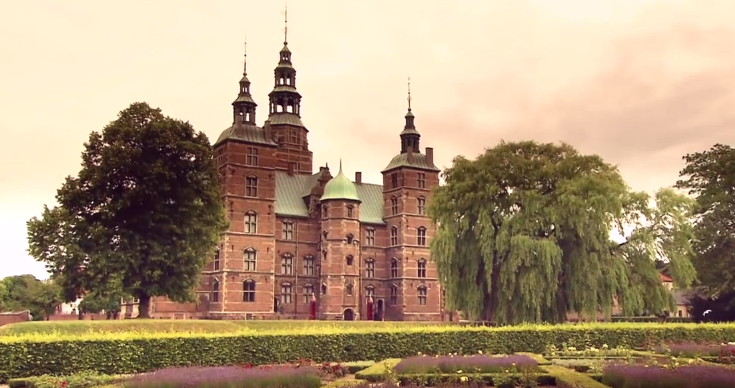
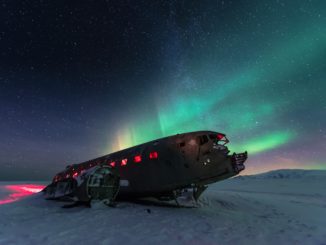
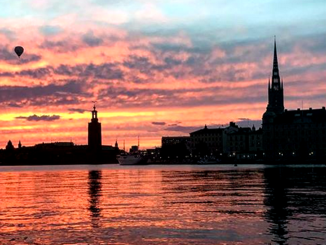
Be the first to comment